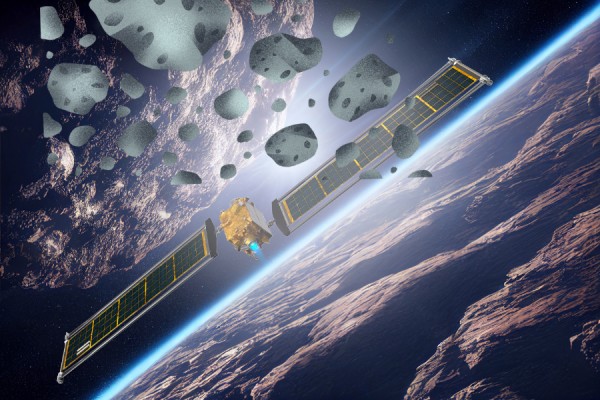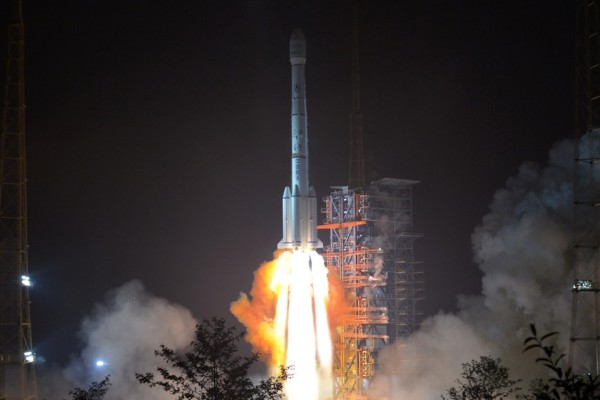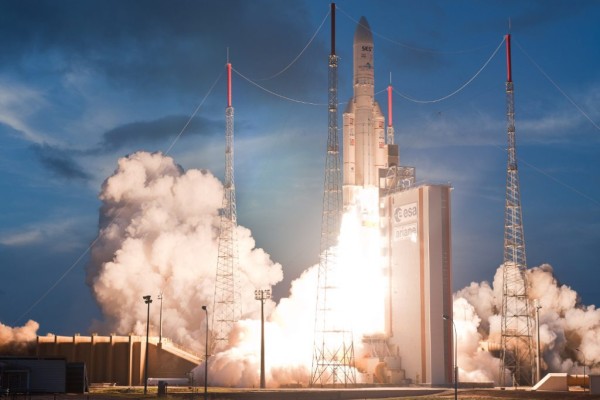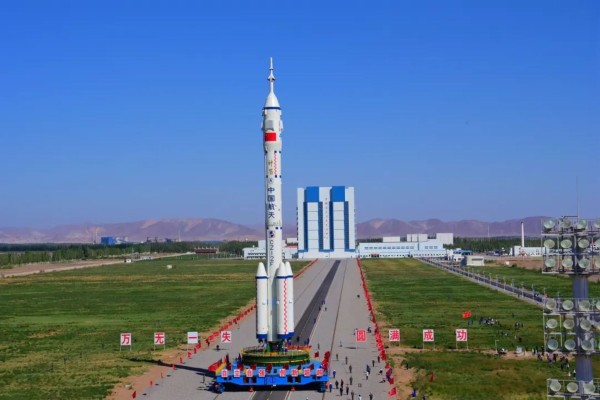- Space
- 1 year before
Skylab: The Story of America's First Space Station
The first US space station, Skylab, was launched in 1973. Through scientific research and long-term experiences of space life, its role in future space missions
-

- 1 year before
- Category: Space
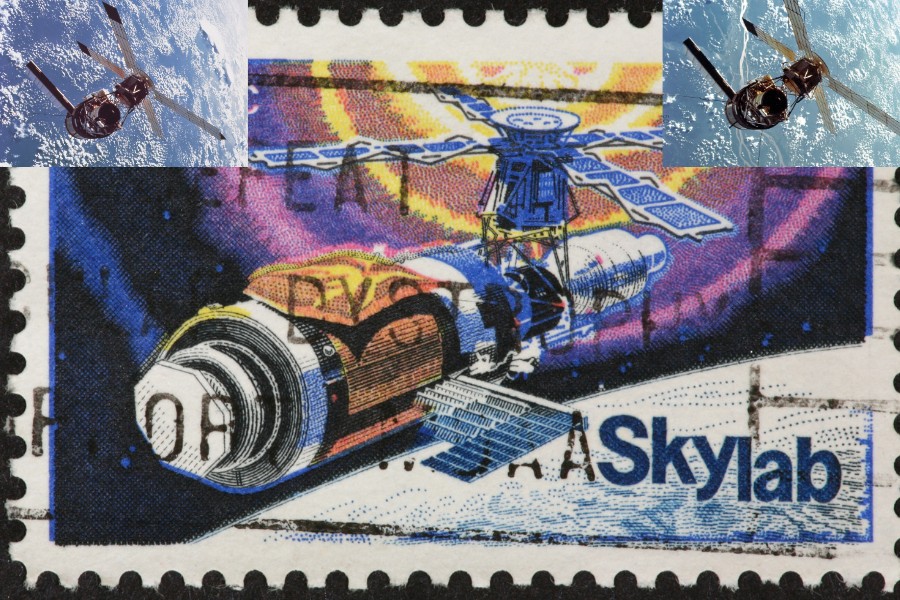
Skylab: America's Pioneering Space Station
In May 1973, the United States took a historic step by launching Skylab, its first space station, into orbit. This massive structure served as a laboratory for conducting in-depth research on space exploration and long-duration space habitation. Skylab was essentially an extension of the Apollo lunar modules and provided a platform for extending human presence in space. In this article, we will delve into the details of this significant American space station.
Skylab's Design and Features
Skylab was a space laboratory designed by NASA using technology developed from the Apollo lunar missions. Weighing approximately 100 tons, the station consisted of a science laboratory, workshop, observation deck, and living quarters. Skylab was equipped with solar panels to generate power and featured numerous life support systems crucial for sustaining life during extended space missions.
Skylab's Missions and Contributions
Skylab carried out various missions, including collecting scientific data from different parts of the world, studying the effects of microgravity on living organisms, and exploring ways to sustain life in space. It also contributed to scientific knowledge through solar observations and Earth resources studies. The data gathered during these missions influenced the design of future space stations and laid the groundwork for humanity's journey into the depths of space.
Skylab's Legacy and Aftermath
Skylab's legacy paved the way for international space stations and long-duration space missions. Although it re-entered Earth's atmosphere and disintegrated in 1979, this historic station served as a precursor to the International Space Station project and efforts to establish a permanent human presence in space. Even today, Skylab's influence can be seen in the design and operations of the International Space Station (ISS).
Skylab and Turkey
Skylab's orbit around Earth frequently passed over Turkey, providing an opportunity for Turkish astronomy and space science experts to collect data and conduct observations. Skylab inspired Turkish scientists in their space research and contributed to the country's growing interest in space sciences.
Skylab at a Glance

